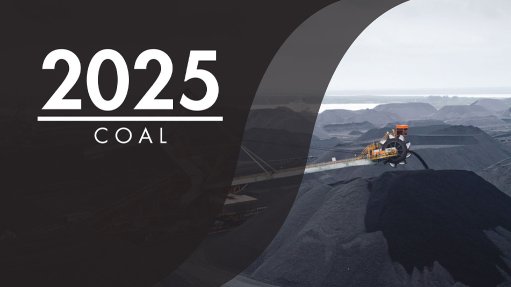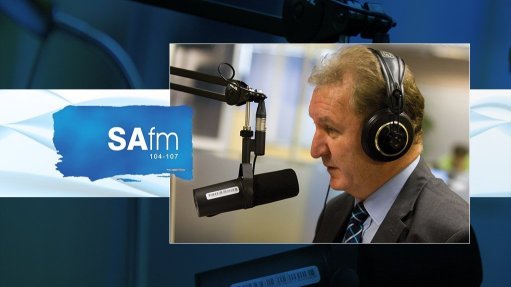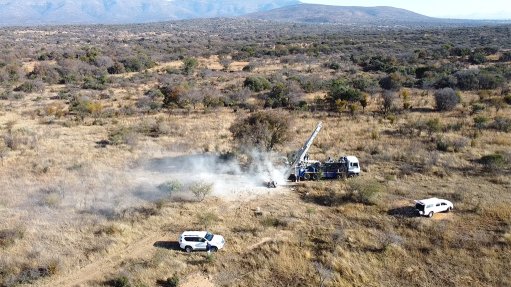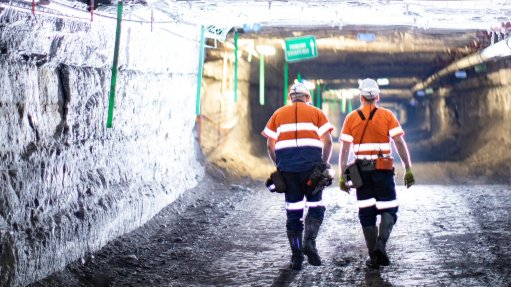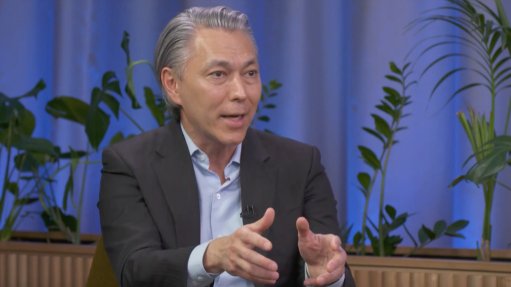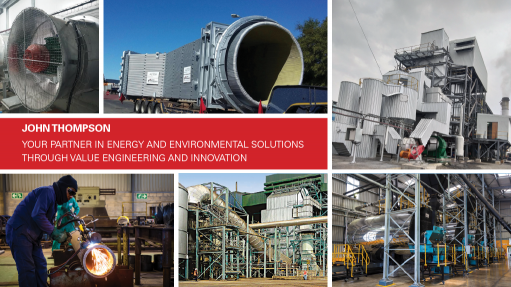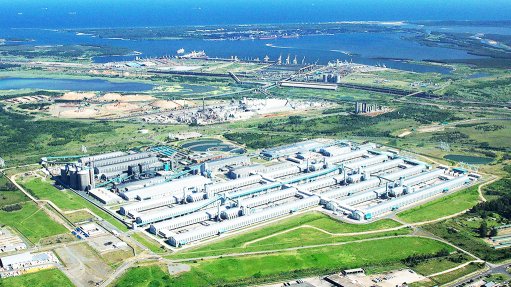Eskom outlines R320bn capex plan, eyes 2028 market return

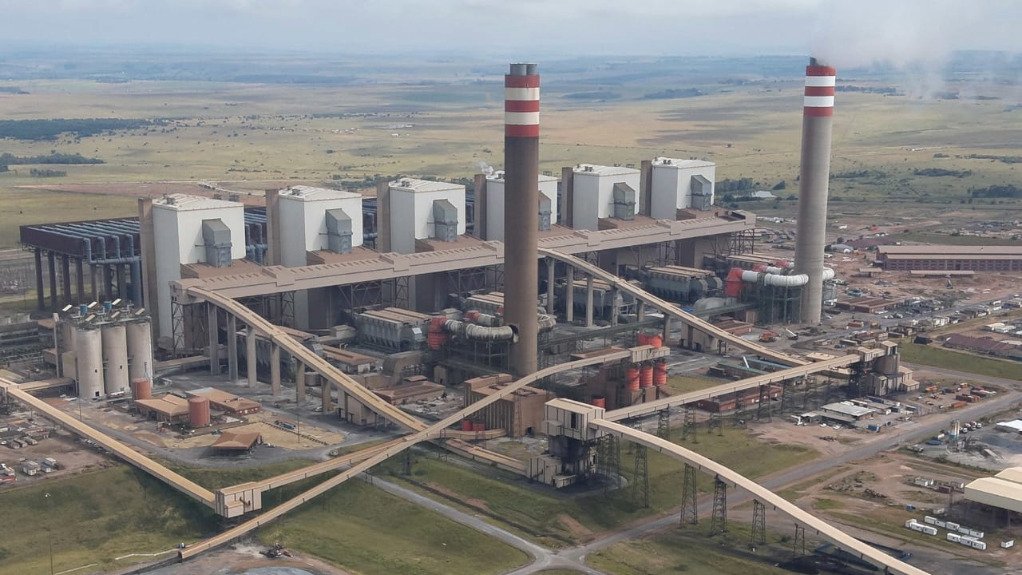
Eskom announced the completion of its multidecade coal build programme on September 29, when Kusile Unit 6 entered into commercial operation
Eskom announced the completion of its multidecade coal build programme on September 29, when Kusile Unit 6 entered into commercial operation.
Having finally announced the completion of its generation build programme, which included two mega coal projects that ran years behind schedule and tens of billions over budget, Eskom has outlined plans for a R320-billion investment programme for the coming five years.
The programme includes greenfield generation projects, which Eskom has been disallowed from pursuing since 2023 without the explicit permission of the Finance Minister as part of the terms of a R230-billion debt-relief package, under which it is still trading.
Speaking at the group’s results presentation, outgoing CFO Calib Cassim revealed that 43%, or R139.5-billion, of the planned capital expenditure (capex) would be directed towards generation, including R18.5-billion earmarked for renewables and gas projects.
CEO Dan Marokane acknowledged the recent “setback” to its proposed 3 GW combined cycle gas power plant in Richards Bay, after the Supreme Court of Appeal set aside its environmental authorisation in September, citing failure to meaningfully include Zulu-speaking communities affected by the project in the public participation process.
However, he said Eskom was ready to redo the exercise, with the intention of “making sure that we bring in gas-to-power come the 2029/30 financial year”.
Marokane also reiterated Eskom’s plan to build 2 GW of renewables by 2026 and increase renewables generation to nearly 6 GW by 2030, restating the group’s intention to develop a standalone Eskom Green.
The investment plan also involves a significant ramp-up in the transmission capex by the National Transmission Company South Africa (NTCSA), with R132-billion earmarked for the Transmission Development Plan (TDP).
Grid investment would rise from R9.8-billion in the 2026 financial year, to R22.1-billion in 2027, R28.7-billion in 2028, R33.1-billion in 2029 and R38.9-billion in 2030.
“NTCSA will focus on the TDP roll-out and supporting the coming into being of the Independent Transmission Project programme,” Marokane said.
He declined to say whether the NTCSA would be unbundled with its assets, noting that the “end state” was currently being deliberated upon by its shareholder department. This followed a board recommendation on the restructuring, which he insisted aligned with the Electricity Regulation Amendment Act.
The Act, which came into force this year, allows a five-year grace period to establish an independent transmission system operator.
Meanwhile, some R44-billion had been allocated for distribution, with 64% of that capex set aside to accelerate the roll-out of smart meters over the next three years.
Marokane said the investment would proceed before separating the distribution business into the National Electricity Distribution Company of South Africa, the unbundling of which was facing headwinds caused by rising municipal arrear debt, now at R103-billion.
Return to Capital Markets
Cassim also announced that Eskom intended returning to the capital markets during its 2028 financial year, even though the conditions of the debt-relief package remained in effect until the 2029 financial year.
He indicated that Eskom could access external funding with approval from the Minister of Finance and provided it was undertaken at a pace that Eskom’s balance sheet could support.
He said new yearly borrowings would be limited to about R25-billion and would be used for emissions reduction, clean energy generation and transmission network expansion.
The immediate priority, though, was to reduce its debt to a more sustainable level which he pegged at about R300-billion, should its yearly earnings before interest, taxes, depreciation, and amortisation (Ebitda) rise to R100-billion.
At the end of March, Eskom’s debt stood at R372.7-billion, while its Ebitda for the year was R99-billion.
Article Enquiry
Email Article
Save Article
Feedback
To advertise email advertising@creamermedia.co.za or click here
Announcements
What's On
Subscribe to improve your user experience...
Option 1 (equivalent of R125 a month):
Receive a weekly copy of Creamer Media's Engineering News & Mining Weekly magazine
(print copy for those in South Africa and e-magazine for those outside of South Africa)
Receive daily email newsletters
Access to full search results
Access archive of magazine back copies
Access to Projects in Progress
Access to ONE Research Report of your choice in PDF format
Option 2 (equivalent of R375 a month):
All benefits from Option 1
PLUS
Access to Creamer Media's Research Channel Africa for ALL Research Reports, in PDF format, on various industrial and mining sectors
including Electricity; Water; Energy Transition; Hydrogen; Roads, Rail and Ports; Coal; Gold; Platinum; Battery Metals; etc.
Already a subscriber?
Forgotten your password?
Receive weekly copy of Creamer Media's Engineering News & Mining Weekly magazine (print copy for those in South Africa and e-magazine for those outside of South Africa)
➕
Recieve daily email newsletters
➕
Access to full search results
➕
Access archive of magazine back copies
➕
Access to Projects in Progress
➕
Access to ONE Research Report of your choice in PDF format
RESEARCH CHANNEL AFRICA
R4500 (equivalent of R375 a month)
SUBSCRIBEAll benefits from Option 1
➕
Access to Creamer Media's Research Channel Africa for ALL Research Reports on various industrial and mining sectors, in PDF format, including on:
Electricity
➕
Water
➕
Energy Transition
➕
Hydrogen
➕
Roads, Rail and Ports
➕
Coal
➕
Gold
➕
Platinum
➕
Battery Metals
➕
etc.
Receive all benefits from Option 1 or Option 2 delivered to numerous people at your company
➕
Multiple User names and Passwords for simultaneous log-ins
➕
Intranet integration access to all in your organisation






